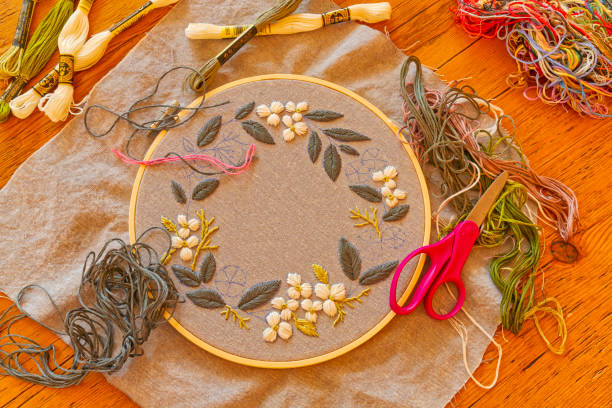Turkey’s rich and diverse culture is reflected in its traditional handicrafts, which have been passed down through generations. These crafts not only showcase the country’s artistic heritage but also provide a glimpse into the lives of the people who have shaped its history. Turkish handicrafts, such as ceramics, carpets, embroidery, and metalwork, continue to thrive today, preserving the legacy of skilled artisans. In this article, we will explore the beauty and significance of Turkish handicrafts, highlighting their unique styles and contributions to Turkish culture.
The Art of Turkish Ceramics
One of the most renowned Turkish handicrafts is ceramics. This art form dates back to the 8th century, and the techniques have evolved over time, blending influences from different regions of the world. The city of İznik became a prominent center for ceramic production during the Ottoman Empire. İznik tiles, characterized by their vibrant colors and intricate floral patterns, were used to adorn palaces, mosques, and other important buildings. Today, İznik ceramics are still highly valued for their historical and artistic significance.
In addition to İznik ceramics, Kütahya is another region famous for its pottery and tile-making tradition. The distinct blue and white designs of Kütahya ceramics are often inspired by nature, with motifs of flowers, birds, and leaves. These ceramics are not only beautiful but also functional, with many households using them as decorative plates, vases, and bowls.
Turkish Carpets: A Weaving Tradition
Turkish carpets and rugs are world-famous for their craftsmanship and intricate designs. Carpet weaving is one of the oldest and most important handicrafts in Turkey, with its origins traced back to the nomadic Turkic tribes of Central Asia. Each region in Turkey has its own unique style of carpet, characterized by different weaving techniques, colors, and patterns.
One of the most well-known carpet styles is the Anatolian carpet, known for its geometric patterns and bright colors. These carpets are often made from wool and are handwoven using traditional techniques. The symbolism embedded in the designs often reflects the weaver’s cultural beliefs, with motifs of fertility, protection, and nature commonly found in the patterns.
The city of Hereke, located near Istanbul, is famous for producing some of the finest silk carpets in the world. Hereke carpets are known for their intricate designs and use of silk threads, making them highly sought after by collectors and art lovers.
The Beauty of Turkish Embroidery
Turkish embroidery, also known as “oya,” is a traditional handicraft that dates back centuries. Oya is the art of creating delicate lace and needlework, often used to adorn scarves, clothing, and home textiles. Originally, oya was a way for women to express their creativity and decorate their garments, but over time it became an important symbol of social status and personal expression.
The motifs used in Turkish embroidery often have symbolic meanings. For example, flowers such as tulips and carnations, which are frequently seen in oya designs, represent beauty and love. Today, oya is still practiced by women in rural areas, and it remains a beloved form of decorative art.
Turkish Metalwork: A Legacy of Skill
Another important aspect of Turkish handicrafts is metalwork, which has a long and illustrious history in the country. During the Ottoman period, Turkish metalworkers were highly skilled in creating intricate designs in copper, silver, and gold. These artisans produced everything from everyday objects such as coffee pots (cezve) and trays to luxurious items like jewelry and ornate weapons.
One of the most famous forms of Turkish metalwork is Tombak, a traditional technique where copper is gilded with gold. This technique was widely used during the Ottoman Empire to create decorative items for palaces and mosques.
The Timeless Elegance of Turkish Calligraphy
Turkish handicrafts are a testament to the country’s rich cultural history and the artistic talents of its people. From the vibrant ceramics of İznik to the intricate designs of Turkish carpets and embroidery, these crafts have been passed down through generations, preserving Turkey’s artistic heritage. Today, these handicrafts continue to be an important part of Turkish culture, attracting art lovers and collectors from around the world. Whether you’re admiring the patterns of a handwoven carpet or the fine details of metalwork, Turkish handicrafts offer a glimpse into the soul of a nation rich in tradition and creativity.

